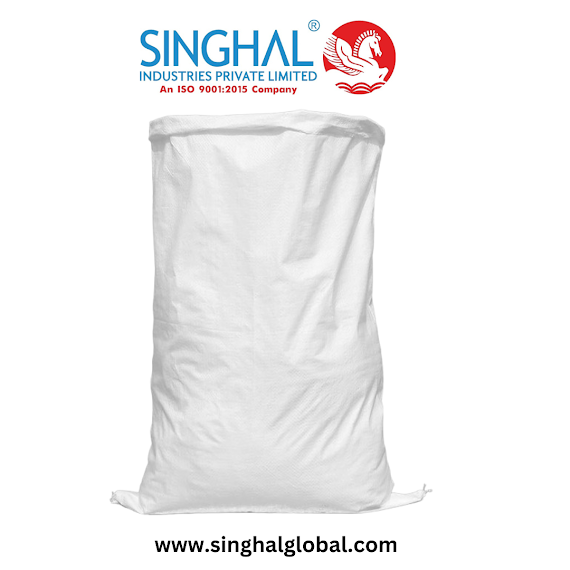A Guide To Selecting The Right HDPE SHEET For Your Needs
High-Density Polyethylene (HDPE) sheets have become essential for a variety of industries, as they are durable, chemical resistant, and versatile. From complex linings to weight bearing structures, HDPE has an incredible range of product applications. However, due to the various thicknesses and grades, searching for an HDPE sheet that meets your needs may seem like a daunting task. This guide is supposed to guide you through the process of selecting and using HDPE, by providing you with the information you need to make better decisions.
Understanding the Fundamental Properties of HDPE
Before we cover purposes and thicknesses, it is important to understand the basic characteristics that make HDPE such a desirable material. HDPE is a thermoplastic polymer with a high strength-to-density ratio, meaning it is strong while being relatively light. HDPE provides excellent resistance to moisture, chemicals, and impact. That means that it is applicable in many rigorous conditions and situations. It is easy to fabricate through cutting, welding, or machining, which makes it compatible for different types of projects.
Exploring the Versatility of Hdpe Sheet 300
Hdpe Sheet, 300 Micron is an excellent option when projects require a thin, flexible and durable barrier. This thickness (0.3 Millimeters), is often used in applications that require flexibility. In agriculture, for example, Hdpe sheet 300 Micron is often a cheap and dependable pond liner for small water containment for irrigation and saving water. Because it is watertight, it limits seepage, which is an efficient way to manage resources. Also, for a thin gauge, it is appropriate for protective coverings, preventing dust and moisture from ruining goods and equipment being stored. For instance, in the packaging industry, it is often used inside certain bags or containers to add protection.
Delving into the Robustness of Hdpe Sheet
For applications that demand more rigidity and structural integrity, Hdpe Sheet 5mm is a huge step up in strength and durability. Just thick enough to be half a centimeter thick, 5mm now offers a more expansive range of applications. HDPE 5mm is used in industrial applications for durable cutting boards that can be abused daily and do not bacteria or degrade. HDPE 5mm can be chemically resistant for lining tanks and containers for certain chemical processes as well. 5mm HDPE is also strong enough to be used in creating parts for playground equipment while still being safe and durable. 5mm HDPE also has marine applications in things like boat parts and dock bumpers as it can withstand both the corrosive nature of saltwater, as well as the roughness of marine environments.
The Indispensable Role of Hdpe Sheet
The construction industry greatly benefits from HDPE sheets and there are some specific grades that are formed specifically for building purposes. As well, Hdpe Sheet For Construction is available in a range of thicknesses, and typically thicker gauges are better suited for structural applications. A very common use is as a vapor retarder or moisture barrier in walls or under flooring to eliminate moisture from transferring through the wall or floor which would compromise a structure and lead to mold. HDPE Sheets may also be used in concrete formwork, which produces a smoother concrete finish and allows for easier release from the formwork. In geotechnical engineering, HDPE Sheets are also used as geomembranes in landfill liners (the thick HDPE product), which is an impermeable barrier preventing leachate contamination to surrounding soil and ground water. Their toughness and resistance to extreme environmental conditions makes them a good option for long-life construction projects.
Key Considerations for Optimal Selection
Selecting a brand(s) of HDPE sheet takes some thought and consideration beyond just thickness. The intended use will indicate the amount of rigidity/flexibility and chemical resistance level required for the application. The environment is also a consideration, especially in temperature extremes for rigid types and UV exposure for some grades of HDPE (certain grades have additives to enhance UV resistance). Understanding what level of stress or load capacity and what level of impact you will need to consider to evaluate proper sheet thickness. Cost is always a factor; however, making the proper choice of material properties will provide you with better performance and longevity that may save you money in the long term. Partnering with suppliers and using suppliers that have extensive knowledge of their HDPE grades and application is a good idea to help you make the best selection.
Conclusion
Choosing the best HDPE sheet is critical to the success and durability of any project. Knowing the basic characteristics of HDPE, and understanding the different benefits of thickness, like the flexibility of Hdpe Sheet 300 Micron, the great durability of Hdpe Sheet 5mm, structural possibilities of Hdpe Sheet For Construction etc. will help make the right decision based on your application. Thinking about application needs and surrounding environment, while asking for professional suggestions when needed, will help you understand the full capabilities of HDPE as a material for your project.




Comments
Post a Comment